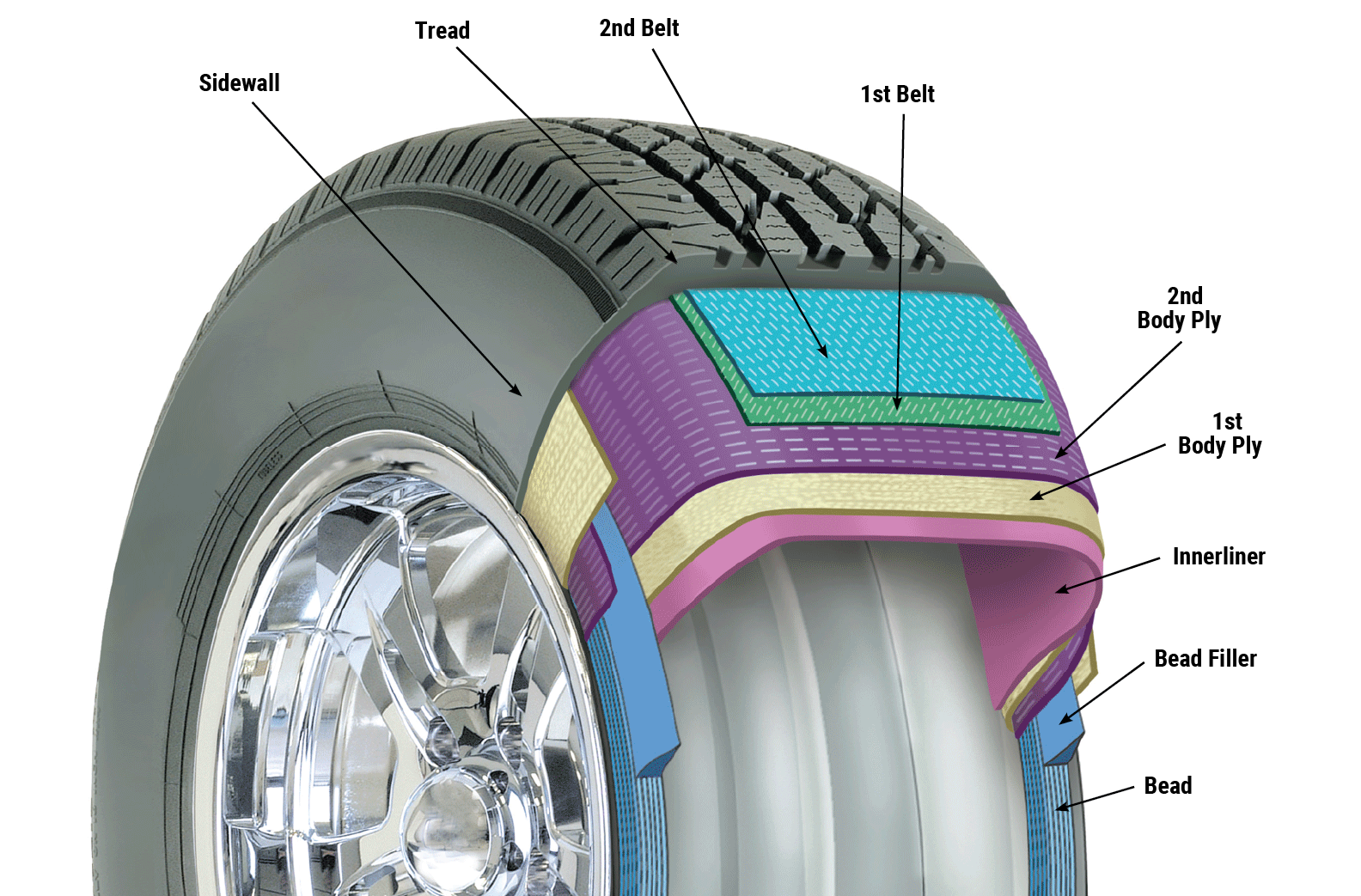Car tires are an essential component of any vehicle, serving as the sole point of contact between the vehicle and the road. While most drivers may take them for granted, the anatomy of car tires is a complex and fascinating subject that goes far beyond the familiar tread patterns.
From the layers of rubber and fabric that make up the tire to the intricate design of the sidewall, each part plays a crucial role in ensuring safety, performance, and longevity. In this article, we will delve deep into the inner workings of car tires to uncover the secrets behind their design and functionality.
The Importance of Understanding Tyre Anatomy
Understanding the anatomy of car tires is crucial for every driver as it directly impacts the performance and safety of the vehicle. Beyond the tread pattern that most people focus on, tires are made up of multiple layers including the outer rubber, inner liner, steel belts, and fabric plies.
Each of these components plays a vital role in how the tire grips the road, handles different driving conditions, and provides stability while driving. By having a deeper comprehension of tire anatomy, drivers can make more informed decisions when it comes to choosing the right tires for their specific driving needs. Additionally, understanding how tires are constructed can also help drivers better maintain and care for their tires, ultimately extending their lifespan and ensuring optimal performance on the road.
Key Components of Car tyres

The key components of car tires play a crucial role in ensuring optimal performance and safety on the road. From the outer tread layer that provides traction and grip, to the steel belts and fabric plies that provide strength and stability, each component serves a specific purpose.
The sidewall of the tire not only protects the inner layers but also helps maintain proper tire pressure. The inner liner is responsible for creating an airtight seal to prevent air leakage.
Overall, the intricate design and construction of car tires are essential in providing a smooth and stable ride for drivers.
Functions of Different Parts
To fully understand the functions of different parts of car tires, it is essential to delve into the intricate anatomy of this crucial vehicle component. The tread, for instance, plays a vital role in providing traction and grip on various road surfaces, thereby ensuring safe and efficient driving. The sidewall of the tire serves as a protective barrier, absorbing impacts and shielding the internal components from external damage.
Additionally, the inner liner is responsible for maintaining air pressure and facilitating a smooth ride, while the shoulder helps to evenly distribute the weight of the vehicle for optimal performance. By comprehending the specific functions of each part, drivers can better appreciate the complexity and importance of their car tires.
Material Composition and Construction

The material composition and construction of car tires are integral to their overall performance and durability. Car tires are typically made of several key components, including natural rubber, synthetic rubber, fabric, and steel cords.
These materials are carefully engineered and combined to create a strong, flexible, and long-lasting tire that can withstand the rigors of everyday driving. The construction of a tire involves intricate layers of rubber compounds, each serving a specific purpose in terms of grip, stability, and tread wear.
Additionally, the pattern and design of the tread play a critical role in how the tire interacts with the road surface, providing traction and handling characteristics. Overall, the material composition and construction of car tires are essential elements that contribute to the safety and performance of vehicles on the road.
Impact of Tyre Design on Performance
The impact of tire design on performance is a critical aspect that can greatly influence the overall driving experience. From the tread pattern to the rubber compound used, various elements of tire design play a role in determining how well a car handles on the road.
The tread design affects traction, handling, and braking performance, with different patterns suited for different driving conditions. The overall construction of the tire, including the sidewall and belt materials, can impact the stability and responsiveness of the vehicle.
By understanding the anatomy of car tires and how each component contributes to performance, drivers can make more informed decisions when selecting the right tires for their vehicles.
Maintenance and Care Tips for Car tires

Proper maintenance and care for your car tires are essential for ensuring optimal performance and longevity. One of the most important tips is to regularly check the tire pressure and ensure it is at the recommended level.
It is also crucial to regularly inspect the tread depth and look for any signs of wear or damage. Rotating your tires regularly can help ensure even wear and extend their lifespan.
Additionally, make sure to have your wheels properly aligned and balanced to prevent uneven wear on your tires. Lastly, driving habits play a significant role in tire maintenance, so make sure to avoid sudden stops, sharp turns, and excessive speeding to prolong the life of your tires.
By following these maintenance and care tips, you can help keep your car tires in top condition and ensure a smoother and safer driving experience.
Conclusion
In conclusion, understanding the anatomy of car tires goes beyond just the tread pattern. The intricate design and various components play a crucial role in ensuring optimal performance and safety on the road.
From the sidewall to the bead, every aspect of a tire contributes to its overall functionality. By delving deeper into the 265/65r17 tire size and exploring its unique features, drivers can make more informed decisions when selecting the best tires for their vehicles. Ultimately, a thorough understanding of tire anatomy can enhance the driving experience and help drivers make the most out of their vehicles.


